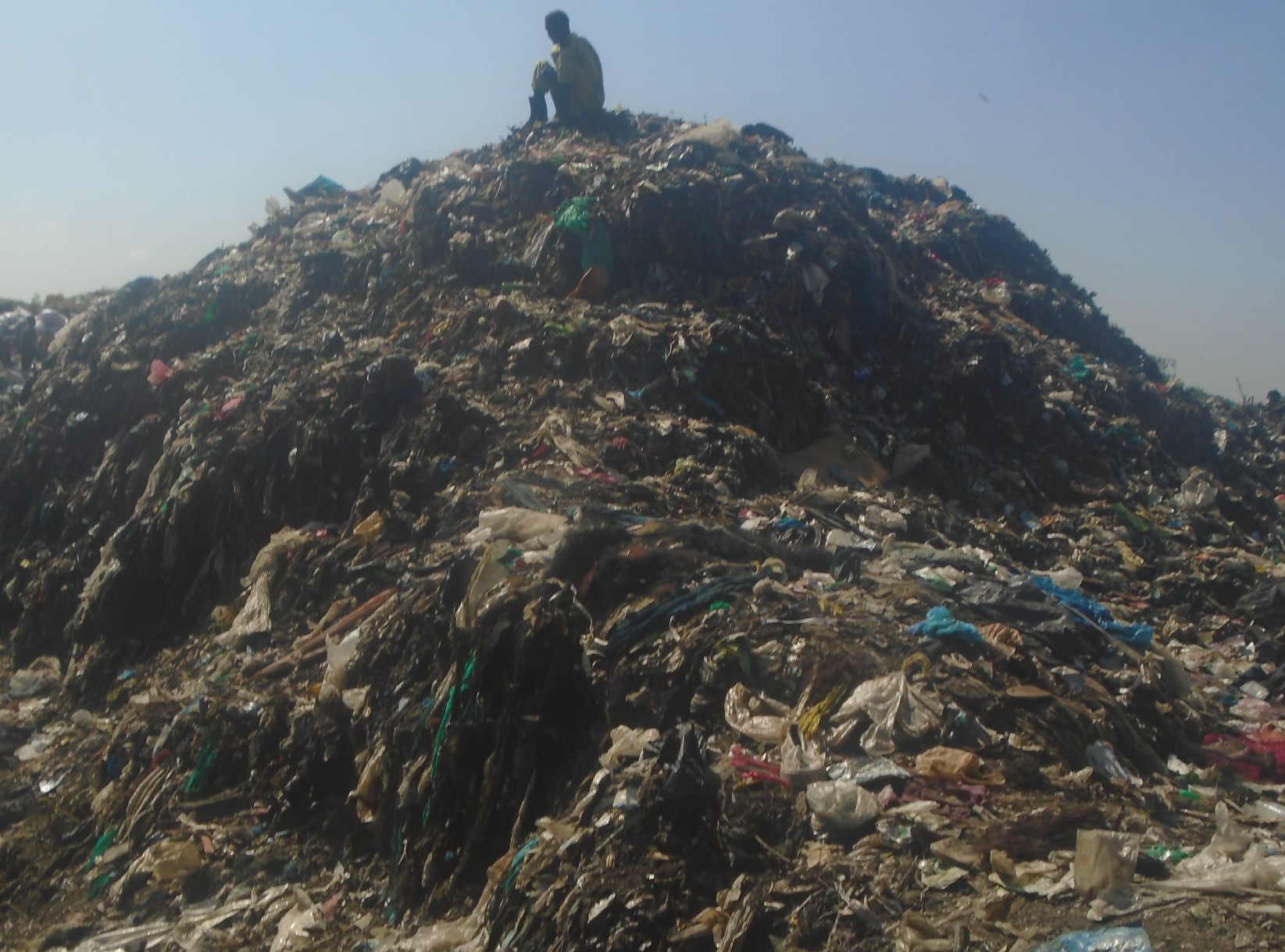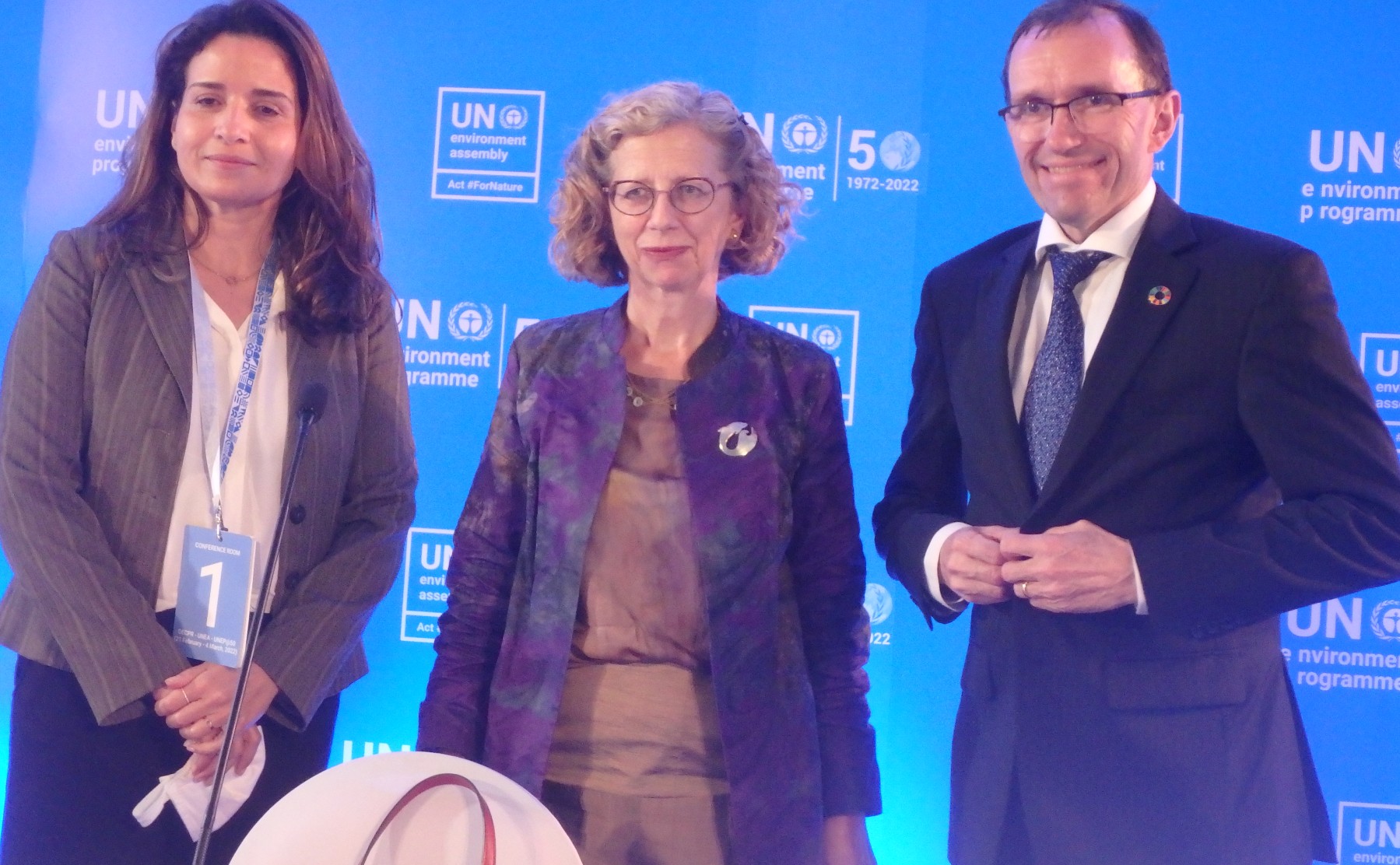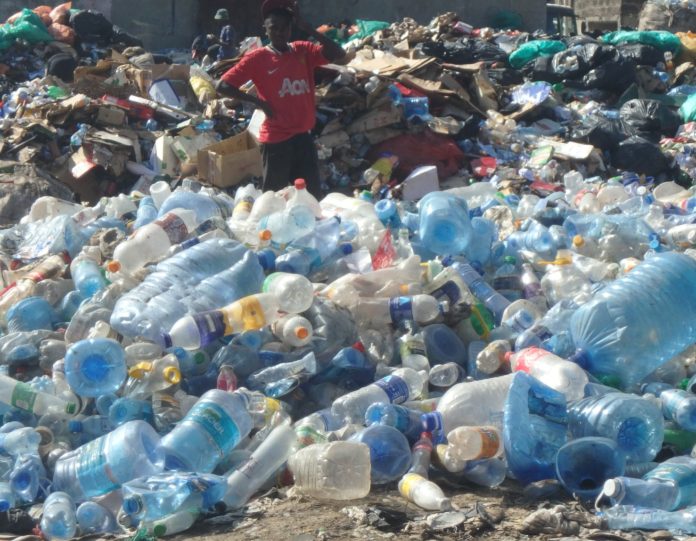By Henry Owino
Nairobi, Kenya: The fifth United Nations Environment Assembly (UNEA) has finally approved a drafted resolution to ban single-use plastics in an effort to combat environmental pollution. Countries represented by Governments, Civil Society Organizations (CSOs), Scientists, NGOs, among others agreed to open negotiations for a global, legally binding treaty to tackle the whole life cycle of plastic pollution.
The historic moment from UNEA-5 held in its headquarters Nairobi, Kenya though with high emotions as countries adopted the mandate of opening up negotiations for a legally binding global plastics treaty.
Plastic pollution created by the oil industry and big corporations is today found in the deepest oceans and on the highest mountains. It is in food, it’s in our bodies and it is in feeds killing livestock and wildlife.
Each year, an estimated 8 million tonnes of plastic end up in the ocean. Personal care products are a major source of microplastics. They get washed away into the oceans through bathrooms.
The ban is seen as a goal aimed at tackling this global crisis. The bold step taken by the UNEA delegates is a global decision towards a solution that matches the scale of the plastic problem.
So, Governments will need to come up with strategies to strongly support the historic Global Plastic Treaty at the United Nations negotiations resolved on March 2, 2022, at about 1630hours, East Africa Time.

The incoming President of UNEA-6 Ms. Leila Benali and Minister of Energy Transition & Sustainable Development in Morocco said the legally binding global plastics treaty has a timeframe of two years thus up to 2024 to be implemented by the Members States.
Ms. Benali projected the likelihood of thorny issues arising ahead of the treaty implementation but has gone ahead to ask countries’ Members States to move with efficiency and measure which is key to combating plastic pollution. She challenged governments to set goals instead of focusing on the financial implications involved in implementing the global agreement.
“I would encourage governments to move with speed to implement a plastic ban by working with the private sector, manufacturers, regulators, users, none governmental organizations to make progress. Do not start complaining as it is too early to talk about its failure,” Ms. Benali President UNEA-6.
According to Inger Andersen, Executive Director of the UN Environment Programme (UNEP), this was the most significant environmental multilateral deal since the Paris accord.
Ms. Andersen said: “Having a universally agreed definition of nature-based solutions is important. When countries and companies claim that their actions are supporting nature-based solutions, we can now begin to assess whether this is accurate and what it entails.”
Additionally, this is especially true given the just-released report by the Intergovernmental Panel on Climate Change on the need to scale-up adaptation, for which nature-based solutions will be crucial,” she emphasized.
Amina J. Mohammed, Deputy Secretary-General of the UN, added: “Today, no area on the planet is left untouched by plastic pollution, from deep-sea sediment to Mount Everest. The planet deserves a multilateral solution that speaks from source to sea. A legally binding global agreement on plastic pollution will be a truly welcome first step.”
Along with putting an end to plastic pollution, a second key resolution supports the establishment of a comprehensive and ambitious science policy panel on the sound management of chemicals and waste and preventing pollution.
In the spirit of the UN Decade for Ecosystem Restoration, a third key resolution agreed by the Assembly focuses on nature-based solutions: actions to protect, conserve, restore, sustainably use and manage ecosystems. The resolution calls on UNEP to support the implementation of such solutions, which safeguard the rights of communities and indigenous peoples.

Mr. Espen Barth Eide, Outgoing President of UNEA-5 and Norway’s Minister for Climate and the Environment, urged world ministers for the environment to establish an Intergovernmental Negotiating Committee with the mandate to forge an international legally binding agreement to end plastic pollution.
“Against the backdrop of geopolitical turmoil, the UN Environment Assembly shows multilateral cooperation at its best,” said Eide. Adding, that plastic pollution has grown into an epidemic, however, with the binding plastic treaty resolution means that we are now officially on track for a cure.” he added.
Plastic ban concluded UNEA-5 conference in Nairobi with 14 resolutions to strengthen actions for nature to achieve the Sustainable Development Goals. The Assembly is made up of the 193 UN Member States and convenes every two years to advance global environmental governance.
Resolutions Adopted
Other resolutions included; prioritizing ecosystem restoration, biodiversity protection, resource efficiency, consumption and production patterns, climate mitigation and adaptation, job creation, and poverty reduction.
A resolution on minerals and metals calls for the development of proposals to enhance their environmental sustainability along their full lifecycle.
A resolution on sustainable lake management calls on the Member States to protect, conserve, and restore, as well as sustainably use lakes while integrating lakes into national and regional development plans.
A resolution on sustainable and resilient infrastructure encourages the Member States to integrate environmental considerations in all their infrastructure plans.
A concluding Ministerial Declaration recognized the risk for future pandemics and other health risks if humanity doesn’t overhaul its patterns of interaction with nature by adopting a holistic approach such as One Health.
In this context, a resolution on animal welfare calls on the Member States to protect animals, protecting their habitats and meeting their welfare requirements.
Another resolution on biodiversity and health calls on the Member States to reduce health risks associated with trade in live wildlife captured for the purposes of food, captive breeding, medicines, and the pet trade, through regulation and sanitary controls.
The Ministerial Declaration stressed the urgent need to halt the global decline of biodiversity and the fragmentation of habitats, unprecedented in human history and driven by changes in land and sea use, exploitation of nature, unsustainable consumption and production patterns, climate change, invasive alien species and pollution of ocean and freshwater, air and soil.
In this context, the Assembly adopted a resolution to accelerate actions to significantly reduce nitrogen waste from all sources, especially through agricultural practices, and saving US $ 100 billion annually.
After COVID-19-related investments to date largely failed to advance environmental goals, the world’s environment ministers commit to promoting such an inclusive and sustainable recovery, green and just transition, by incorporating biodiversity, climate change and pollution concerns into all policies and tools.
Accordingly, the Assembly adopted a “resolution on the environmental dimension of a sustainable, resilient and inclusive post-COVID-19 recovery” to strengthen measures to achieve a sustainable, resilient and inclusive global recovery.
Summary of Resolutions
These are the 14 resolutions and one decision adopted by the UN Environment Assembly:
-
- Resolution to End plastic pollution: Towards an international legally binding instrument
- Resolution on an Enhancing Circular Economy as a contribution to achieving sustainable consumption and production
- Resolution on Sustainable Lake Management
- Resolution on Nature-based Solutions for Supporting Sustainable Development
- Resolution on the environmental dimension of a sustainable, resilient, and inclusive post-COVID-19 recovery
- Resolution on Biodiversity and Health
- Resolution-Animal Welfare – Environment – Sustainable Development Nexus
- Resolution on Sustainable Nitrogen Management
- Resolution on Sustainable and Resilient Infrastructure
- Resolution on the Sound Management of Chemicals and Waste
- Resolution for a Science-Policy Panel to contribute further to the sound management of chemicals and waste and to prevent pollution
- Resolution text on environmental aspects of minerals and metals management
- Resolution on the Future of the Global Environment Outlook
- Resolution due regard to the principle of equitable geographical distribution, in accordance with paragraph 3 of article 101 of the Charter of the UN
- Decision on the date and venue for UNEA-6
- These are the two declarations by the UN Environment Assembly:
- Ministerial Declaration of the UN Environment Assembly
- Political Declaration of the Special Session of the UN Environment Assembly to commemorate the fiftieth anniversary of the establishment of the UN Environment Programme














